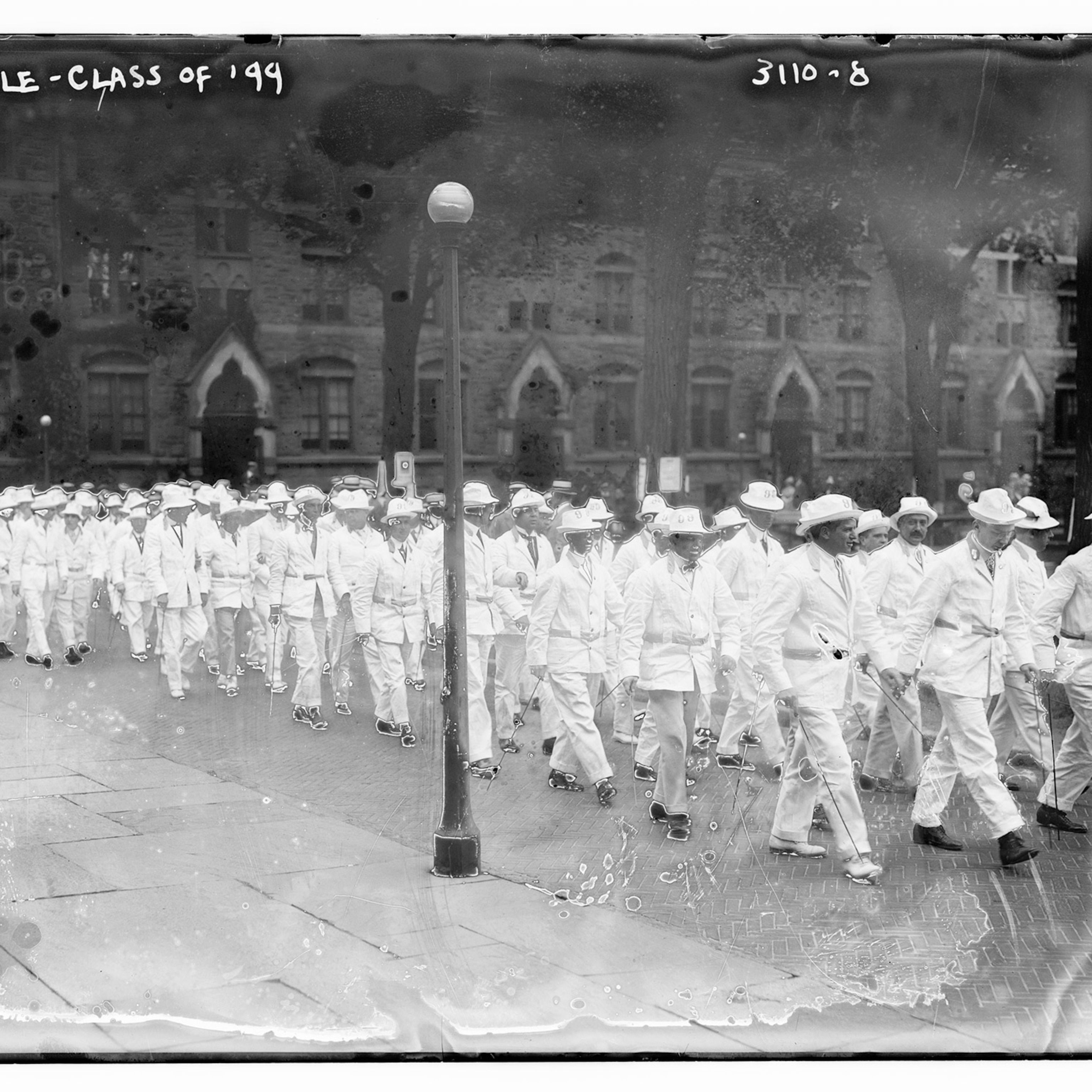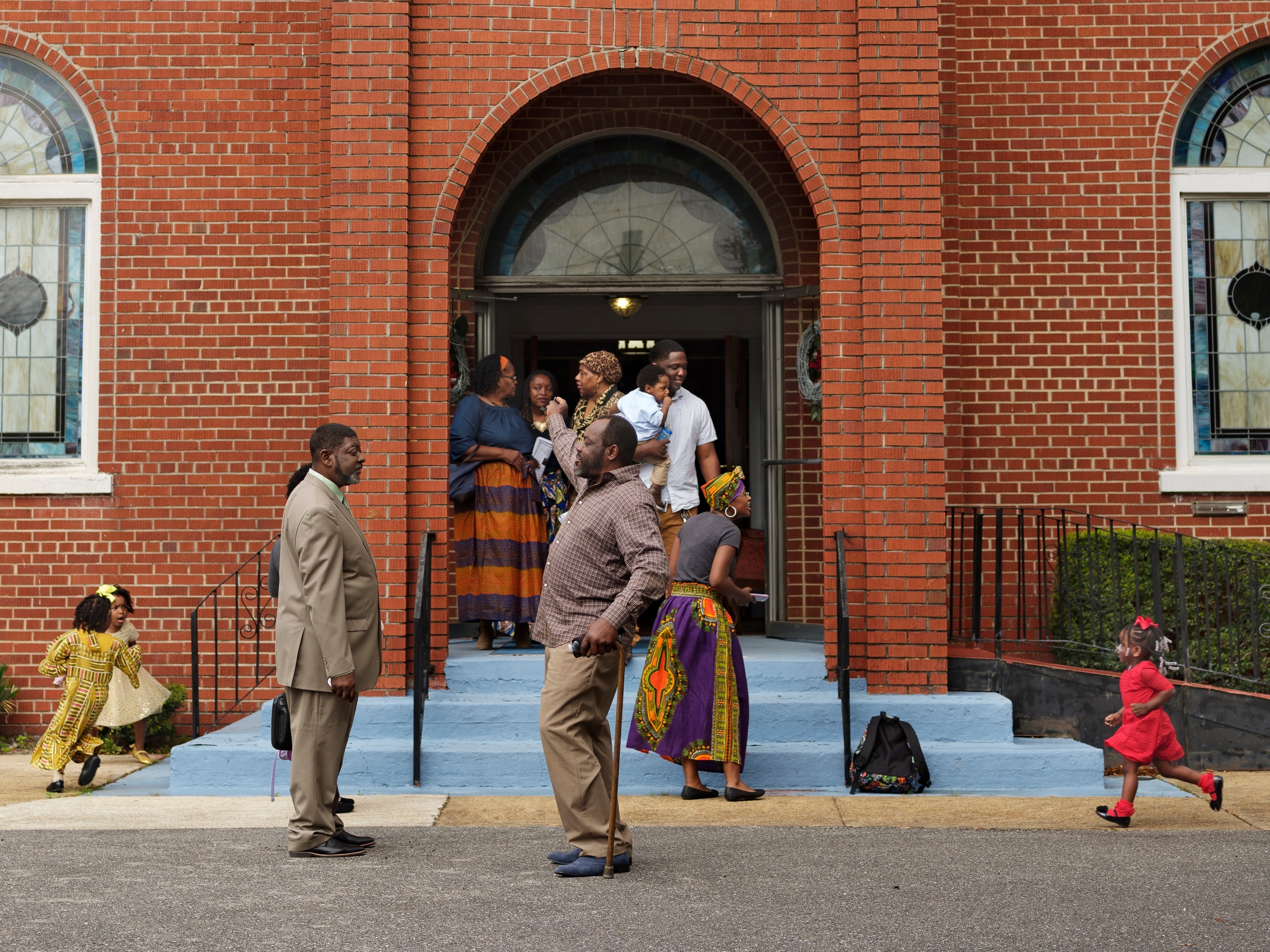Why mahjong is a global phenomenon
The story behind this game will surprise you—it’s not as old as you’d think, and its American roots are just as strong as its Chinese ones.
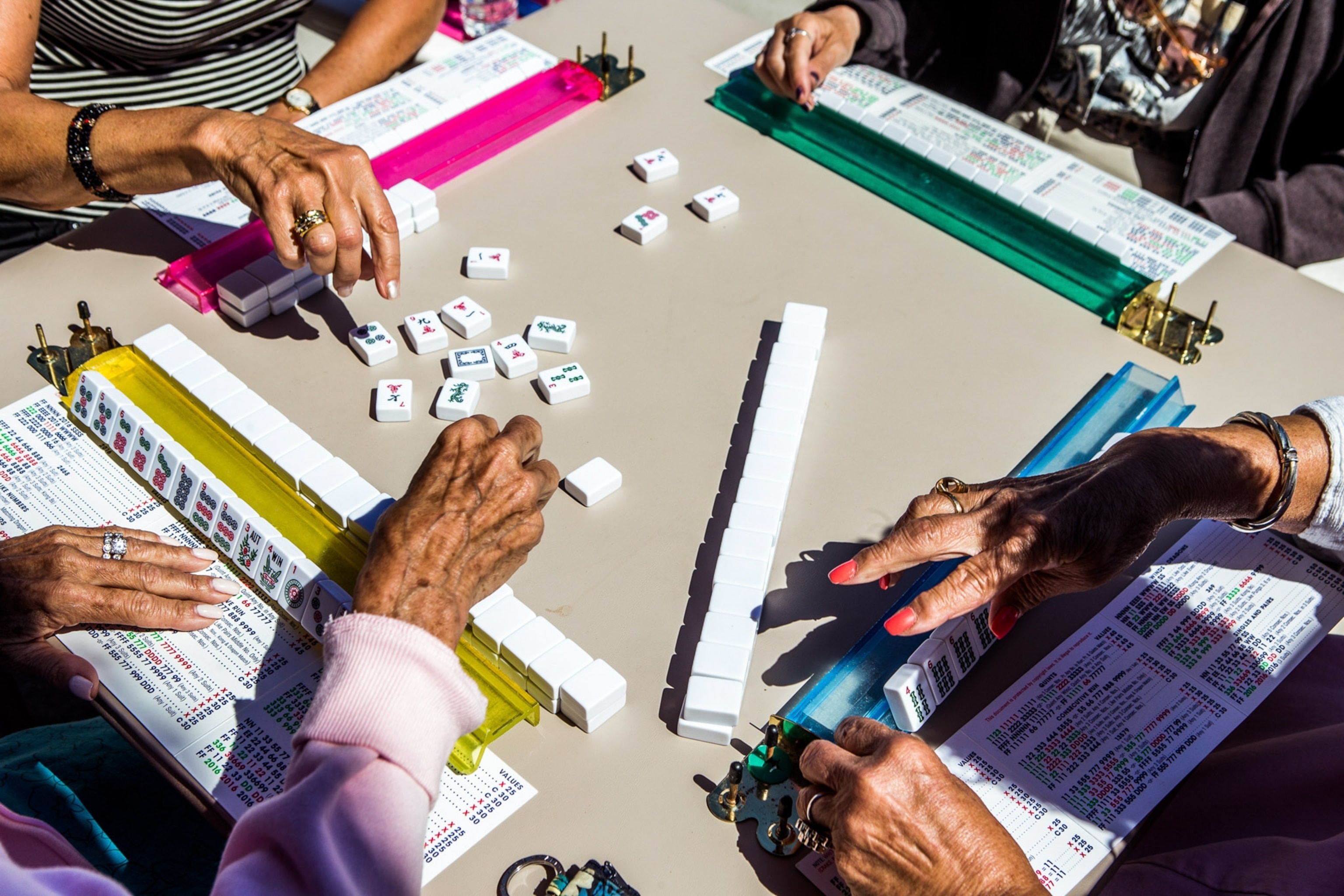
Few parlor games have left a larger global imprint than mahjong, which is at once a mainstay at immigrant family gatherings, a safe haven for outcast communities, and a source of political consternation. During the mid-20th century, it became so associated with capitalist corruption that China banned it for more than 40 years.
Though it was created in the “Middle Kingdom,” the beloved game took root around the world. In the U.S., it exploded during a high point of anti-Chinese sentiment. The longest recorded contest was held in Russia, lasting more than 33 hours.
Here’s the story of how it became a staple in a diverse array of communities.
Understanding mahjong’s customs
Mahjong is a four-player game that, like poker or gin rummy, operates on the interplay between chance and skill. Chinese icons are visible in tiles’ “suits,” which include bamboos and circles, which represent ancient Chinese currency; arrows or “dragons,” which symbolize the ancient art of archery; and flowers, which represent the four Confucian plants, including chrysanthemum and orchid.
There are more than 40 iterations of the game across the world, according to Annelise Heinz, author of the bestselling Mahjong: A Chinese Game and the Making of Modern American Culture. She says the material connection and core tile design keep it recognizable.
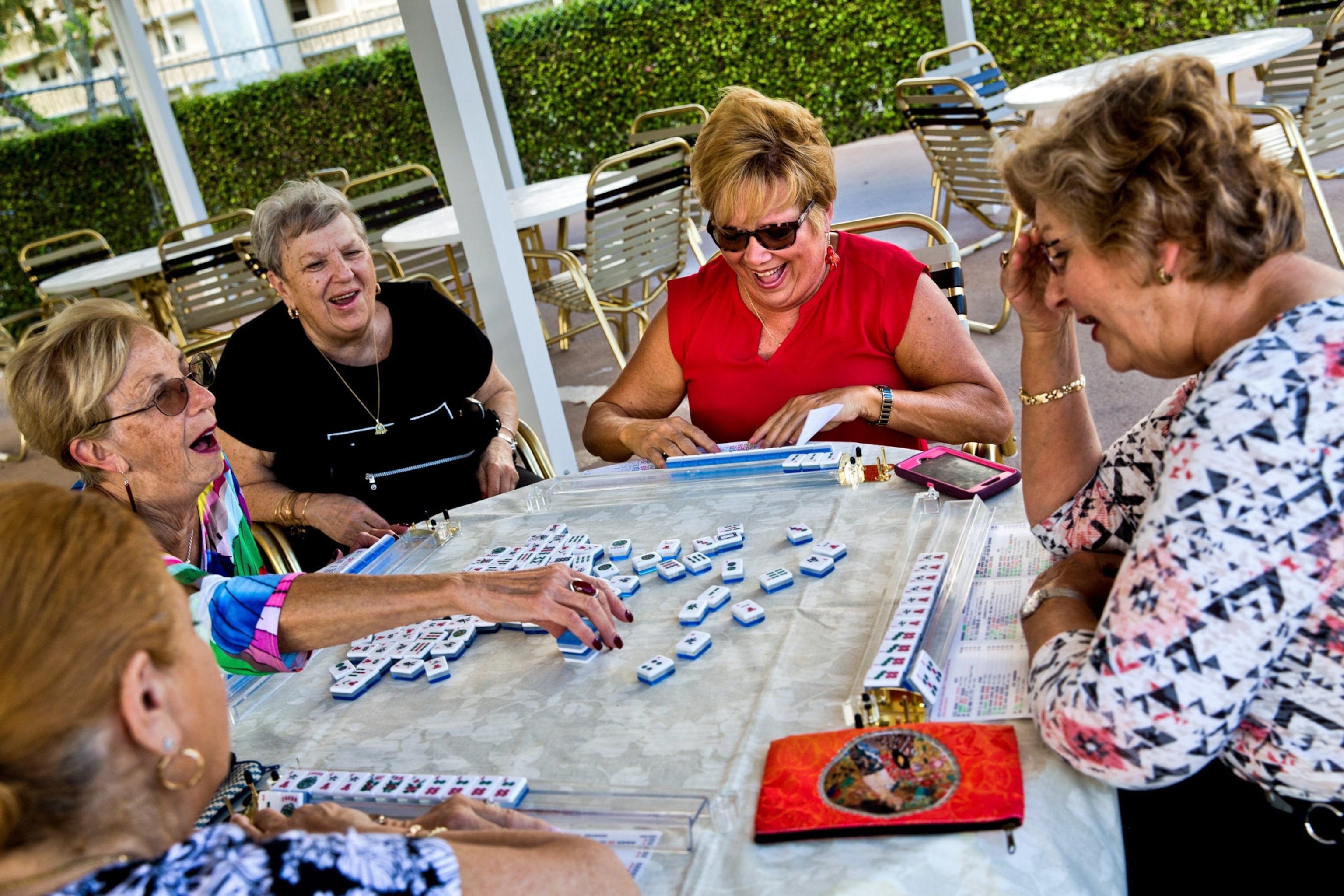
The rhythms of mahjong are especially conducive to building community, Heinz says. Whereas the shuffling of cards in between poker games takes mere seconds, mahjong players must sit through extended pauses to reset tiles after every round. The interval of respite encourages conversation.
Mahjong-related superstitions abound, as expected in a game where luck is paramount to victory. It’s taboo to tap a player on the shoulder lest it derails a winning streak. Players on a losing streak might opt for a bathroom break to “wash away” bad luck. Other beliefs are culturally specific. Books, for example, are banned from the table because the Chinese word for “book” is phonetically identical to that for “lose.” The four tiles bearing the Chinese character for ‘west’ (西) should not be discarded in succession at the start of a game, as the proximity of “four” and “west” may portend death for all involved.
The research of Keis Ohtsuka, a senior lecturer in psychology at Australia’s Victoria University, focuses on gambling cognition in mahjong. Interestingly, he’s found that mahjong players who subscribe to superstitious beliefs are more prone to gambling addiction.
“Mahjong relies more on luck than skill compared to poker,” he says. “Asserting that traditional beliefs in luck and fate may be the basis of one’s destiny predisposes players to gambling.”
A Chinese game’s complicated American story
Mahjong was developed in Southern China in the mid-1800s toward the end of the Qing Dynasty, one of many male-dominated gambling games that emerged at the time, says Heinz. The word “mahjong” means “sparrow” in southern Chinese dialects, referring to the bird-like clacking sound the tiles make during reshuffling. It’s widely believed to be derived from the ancient Chinese card game madiao.
“There’s a certain level of adaptability inherent in mahjong,” Heinz says, “Poker tends to always be a gambling game; Bridge almost never so. It’s unusual for a game to be played for very, very high stakes or for pennies, or even no money at all.”
In the early 1920s, American businessman Joseph P. Babcock brought the game to the U.S., where it became an “enormous national fad” that Heinz says reflected the country’s shifting gender and cultural norms. Dubbed “the game of a hundred intelligences” and “the gift of heaven,” the first imported mahjong sets quickly sold out at Abercrombie & Fitch in New York City.


Mahjong, Heinz says, was particularly popular among “wealthy society matrons” who were attracted to the “feminine exoticism” of dressing up in Chinese costumes and using Chinese words during play. She says it’s ironic that such an “explicitly Chinese game” exploded in popularity during a period of intense anti-immigrant sentiment that resulted in escalating restrictions against people of Asian descent. During World War II, the game was frequently referred to as “the new yellow peril.”
What held together this racial tension and “the intensity of the fad,” Heinz says, was the false marketing of mahjong as a game played thousands of years ago by members of the “ancient Chinese court.” (A famous but debunked theory has it that Confucius himself created the game.)
“By creating this origin myth—which became really widespread and lasting—about the game,” she says, “marketers separated it from contemporary Chinese immigrants and elevated it in terms of class and status.”
Who plays mahjong today?
Over the past century in the US, mahjong has morphed into a staple that extends far beyond the Chinese diaspora. Heinz says the game has served as a crucial community building exercise for many marginalized groups of people, including African American clubwomen in the urban North and Midwest, suburban Jewish women (who formed the National Mah Jongg League in 1937) and incarcerated Japanese Americans during World War II. While the fad among white Americans evaporated by the end of the “roaring twenties”, the game remains a favorite pastime among Chinese and Jewish families.
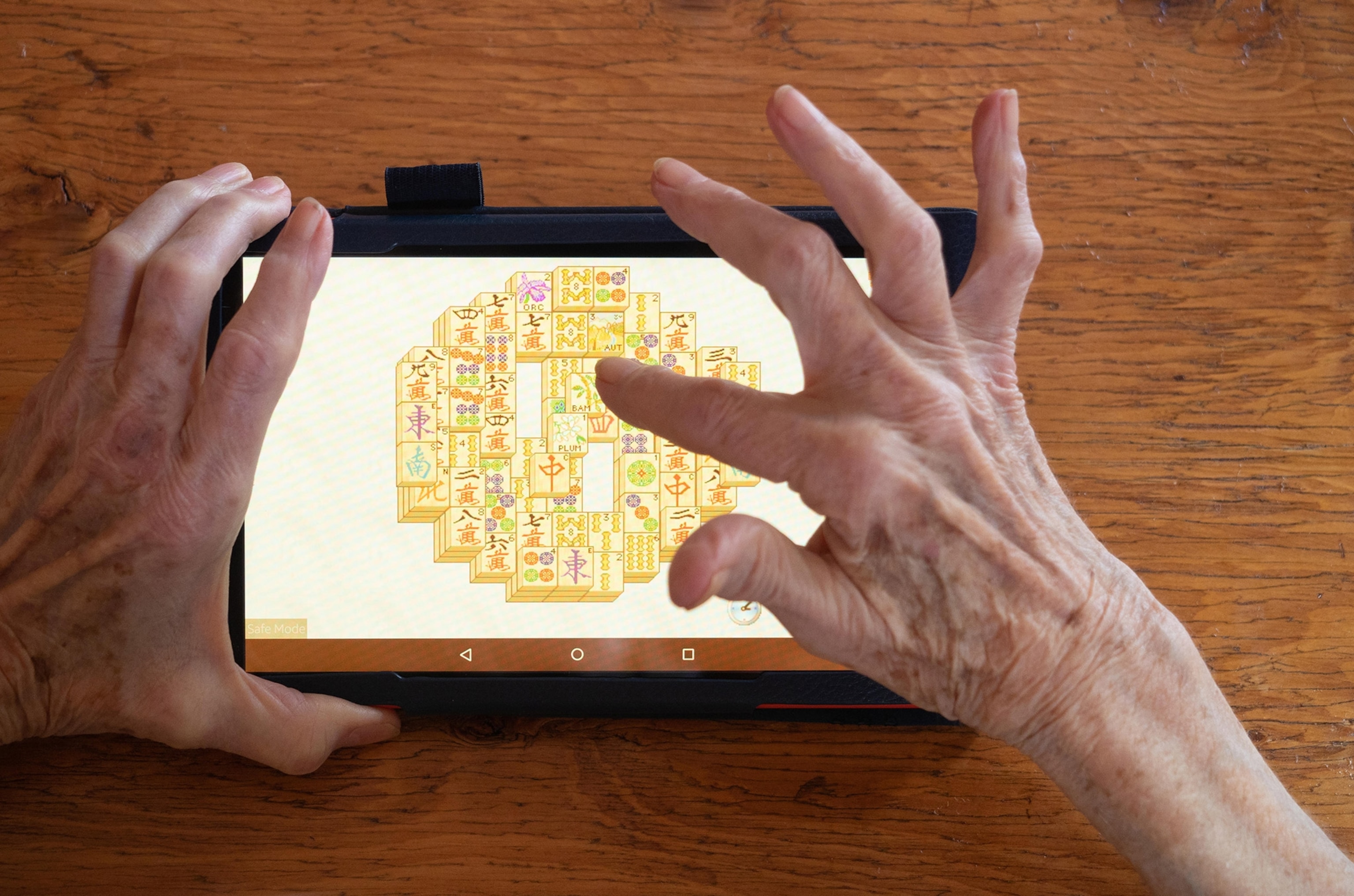
More recently, the record-shattering 2018 romantic comedy Crazy Rich Asians, which features a pivotal mahjong scene, brought the game back into popular culture, fueling interest among Asian American millennials and Gen Zers.
Mahjong’s lasting popularity, Heinz says, speaks to rapid cultural changes that have unfolded over the past century.
“It also offers a kind of hopeful vision of positive identity building and community building that this game can be a part of into the future,” she says.

